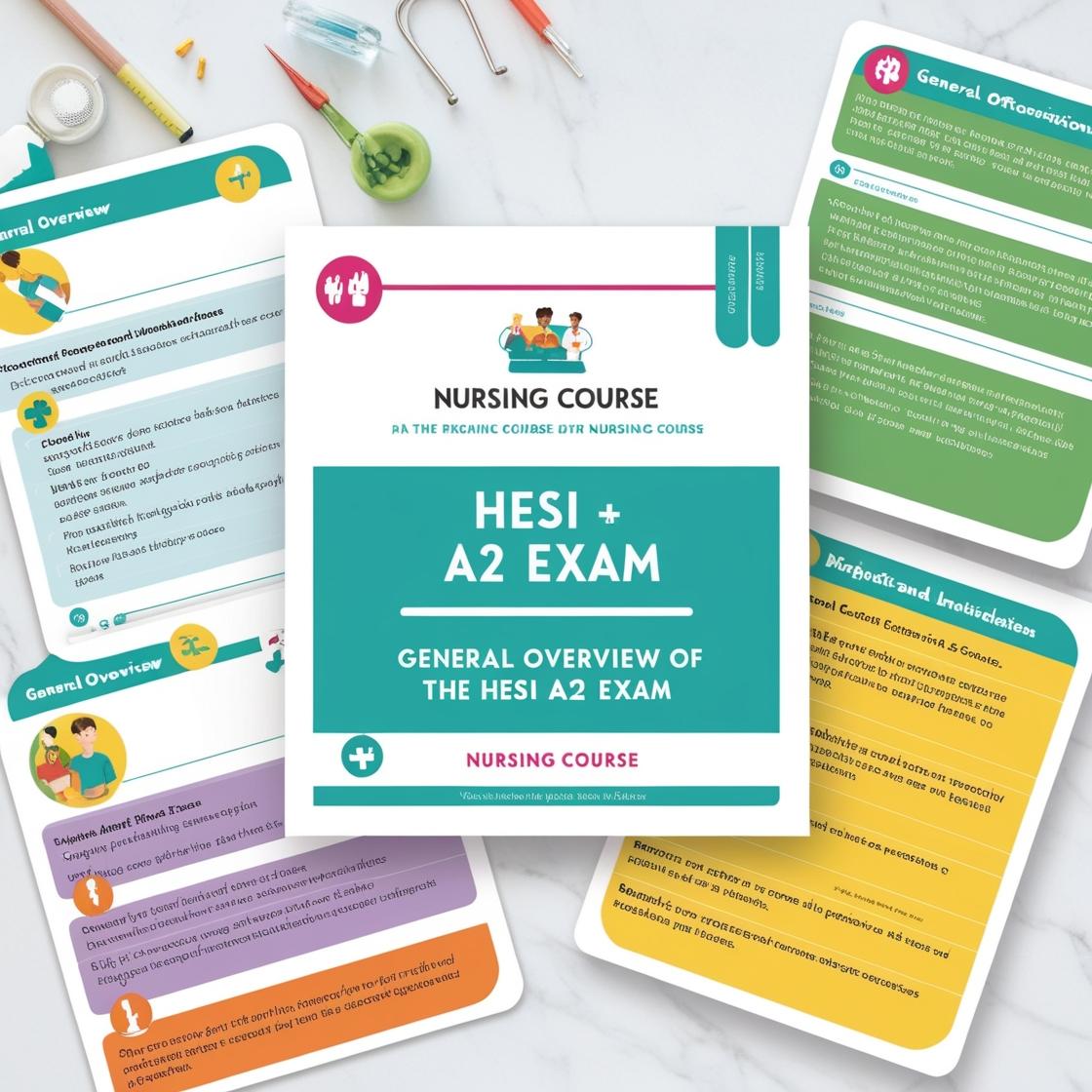HESI A2
Vocabulary HESI A2 Practice Test
1. What does it mean when an apartment is advertised as being furnished?
- A. It is equipped with articles of furniture
- B. It has a high level of decor
- C. It includes utilities like water and electricity
- D. It is fully renovated
Correct answer: A
Rationale: Choice A, 'It is equipped with articles of furniture,' correctly defines a furnished apartment. When an apartment is advertised as furnished, it means that it comes with essential furniture such as beds, tables, chairs, and other necessary items. Choice B is incorrect because being furnished does not necessarily relate to the decor level of the apartment. Choice C is incorrect as utilities like water and electricity are not typically included in the term 'furnished.' Choice D is also incorrect because being furnished does not imply that the apartment is fully renovated, which refers to structural improvements rather than furniture.
2. What does the word UBIQUITOUS mean?
- A. Widespread
- B. Miniscule
- C. Invalid
- D. Unit
Correct answer: A
Rationale: The word UBIQUITOUS means something that is found everywhere or is very common. Therefore, the correct meaning for ubiquitous is 'widespread'. 'Miniscule' means very small, 'invalid' means not valid or acceptable, and 'unit' refers to a single entity or component, making them incorrect choices in the context of the word ubiquitous.
3. Which verb is defined as to bring about; cause to happen; to accomplish; to make?
- A. Affect
- B. Accept
- C. Expect
- D. Effect
Correct answer: D
Rationale: The correct answer is D, 'effect.' The verb 'effect' is defined as to bring about, cause to happen, accomplish, or make. It describes the action of making something happen or producing a result. Choices A, B, and C are incorrect because 'affect' means to influence, 'accept' means to receive willingly, and 'expect' means to anticipate. Therefore, the correct choice is D, 'effect.'
4. Did the interns contravene the doctor's orders?
- A. Follow
- B. Disregard
- C. Exceed
- D. Respect
Correct answer: B
Rationale: The correct answer is 'B: Disregard.' Contravene means to violate or disregard rules or orders. In this context, the question is asking whether the interns went against or disobeyed the doctor's orders. Choices 'A: Follow,' 'C: Exceed,' and 'D: Respect' do not align with the meaning of contravene in this context. Following, exceeding, or respecting the doctor's orders would mean the interns did not contravene them.
5. When you add sugar to it, your cup of coffee becomes not only sweet but also _____.
- A. fattening
- B. healthy
- C. rich
- D. flavorful
Correct answer: A
Rationale: When sugar is added to coffee, it not only becomes sweet but also 'fattening' due to the extra calories added. The term 'fattening' specifically refers to the potential weight gain associated with consuming sugary drinks. Choices B, C, and D do not accurately describe the impact of adding sugar to coffee. 'Healthy' is incorrect because adding sugar typically does not make a beverage healthier. 'Rich' and 'flavorful' may suggest taste qualities but do not address the caloric impact of sugar.
Similar Questions

Access More Features
HESI A2 Basic
$99/ 30 days
- 3,000 Questions with answers
- 30 days access @ $99
HESI A2 Premium
$149.99/ 90 days
- Actual HESI A 2 Questions
- 3,000 questions with answers
- 90 days access @ $149.99
